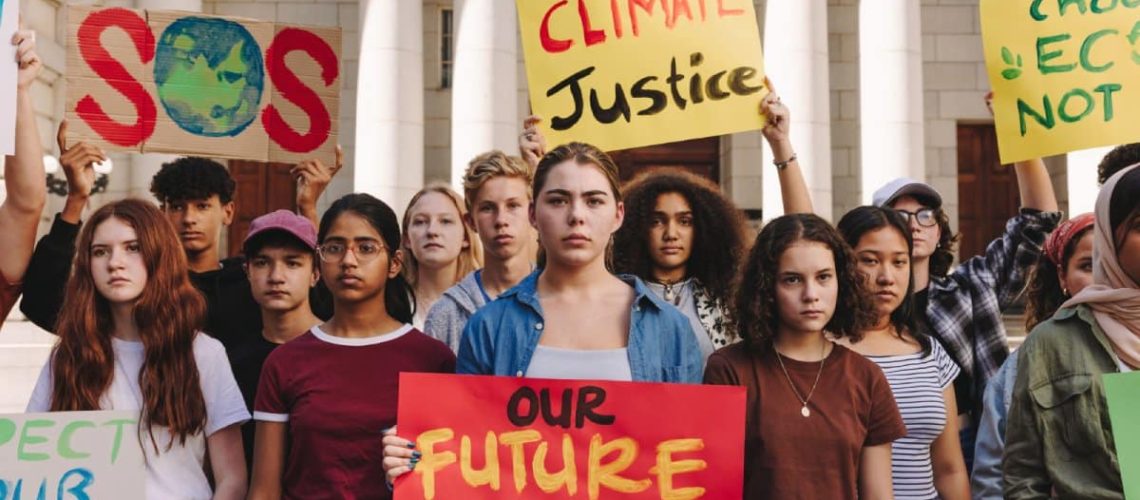With America’s population on the rise, the nation faces a multitude of challenges that could reshape its future, from housing shortages and environmental stress to economic strains and social tensions.
The Rising Tide of America’s Population
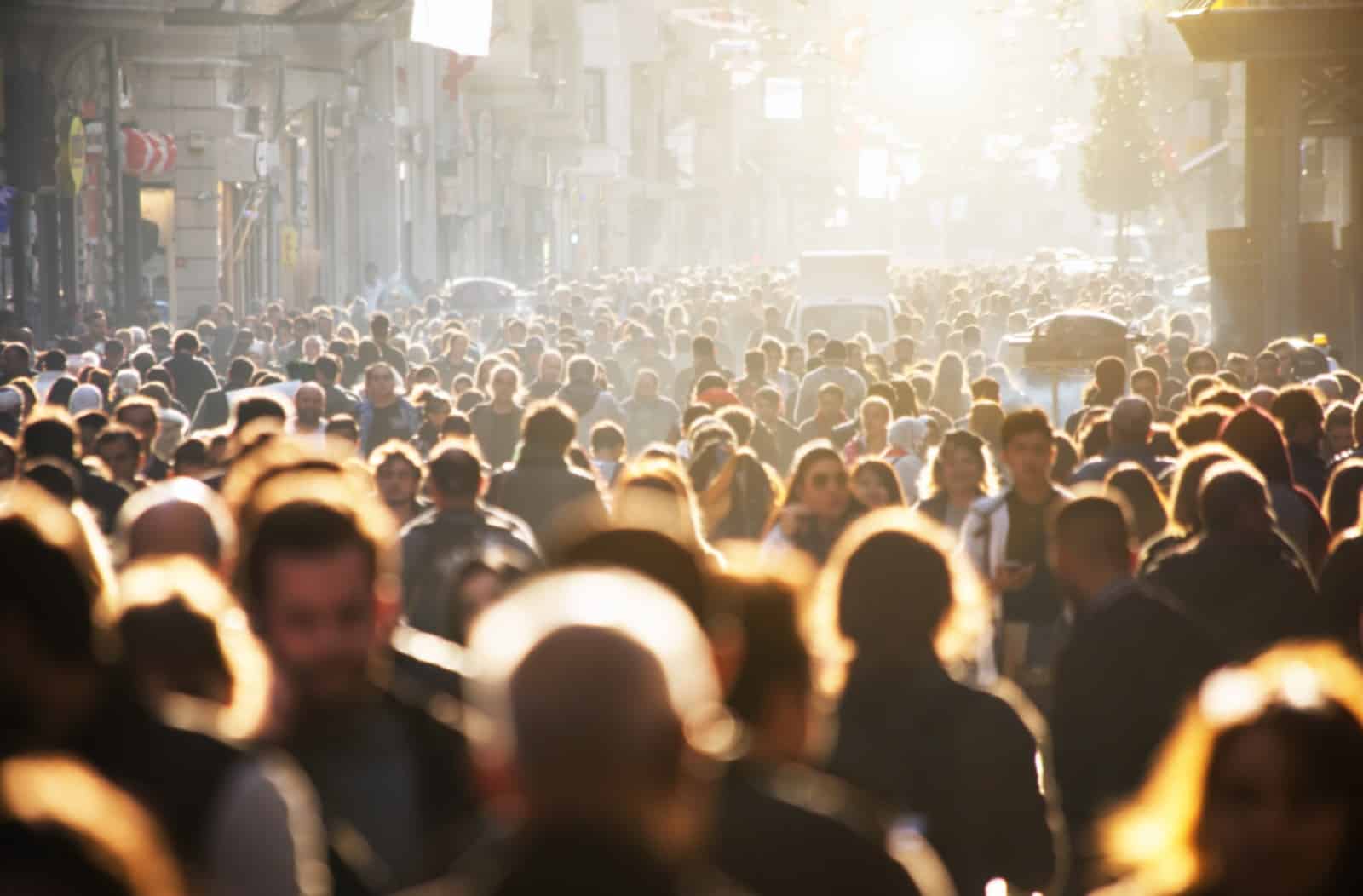
America’s population is rapidly approaching 332 million and is projected to reach over 400 million by 2050, bringing along a host of issues that demand urgent attention. As William H. Frey, a demographer at the Brookings Institution, puts it: “The U.S. population growth is driven by a combination of immigration and natural increase.” This growth is not evenly distributed, with urban areas seeing a higher concentration of people.
Cities Bursting at the Seams
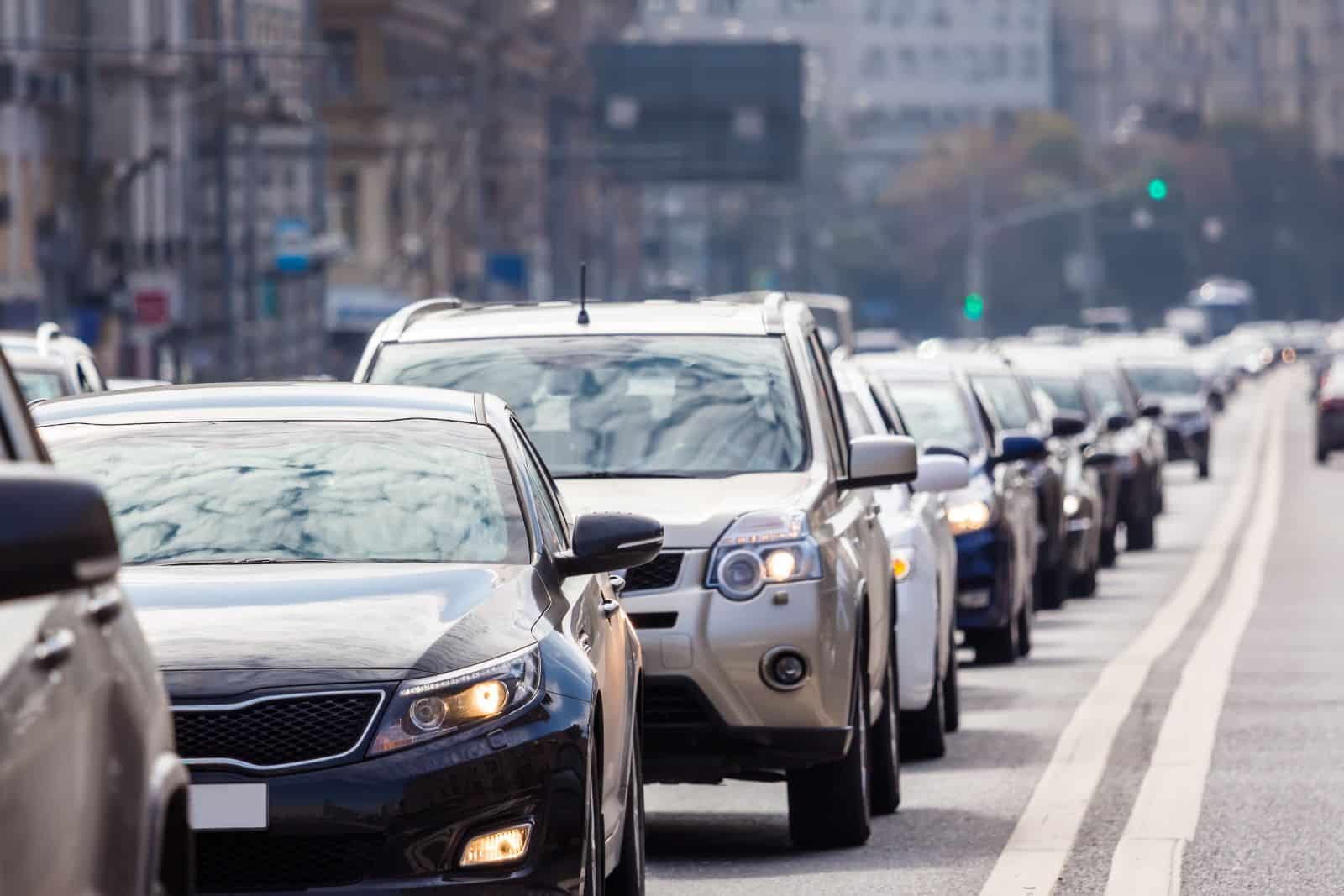
Urban areas like New York City and Los Angeles are growing faster than ever, putting enormous pressure on housing, transportation, and infrastructure. Nearly 80% of U.S. residents live in urban areas, showcasing the relentless trend toward city life. As these cities expand, they face unique challenges in maintaining livability and sustainability.
Where Will Everyone Live?
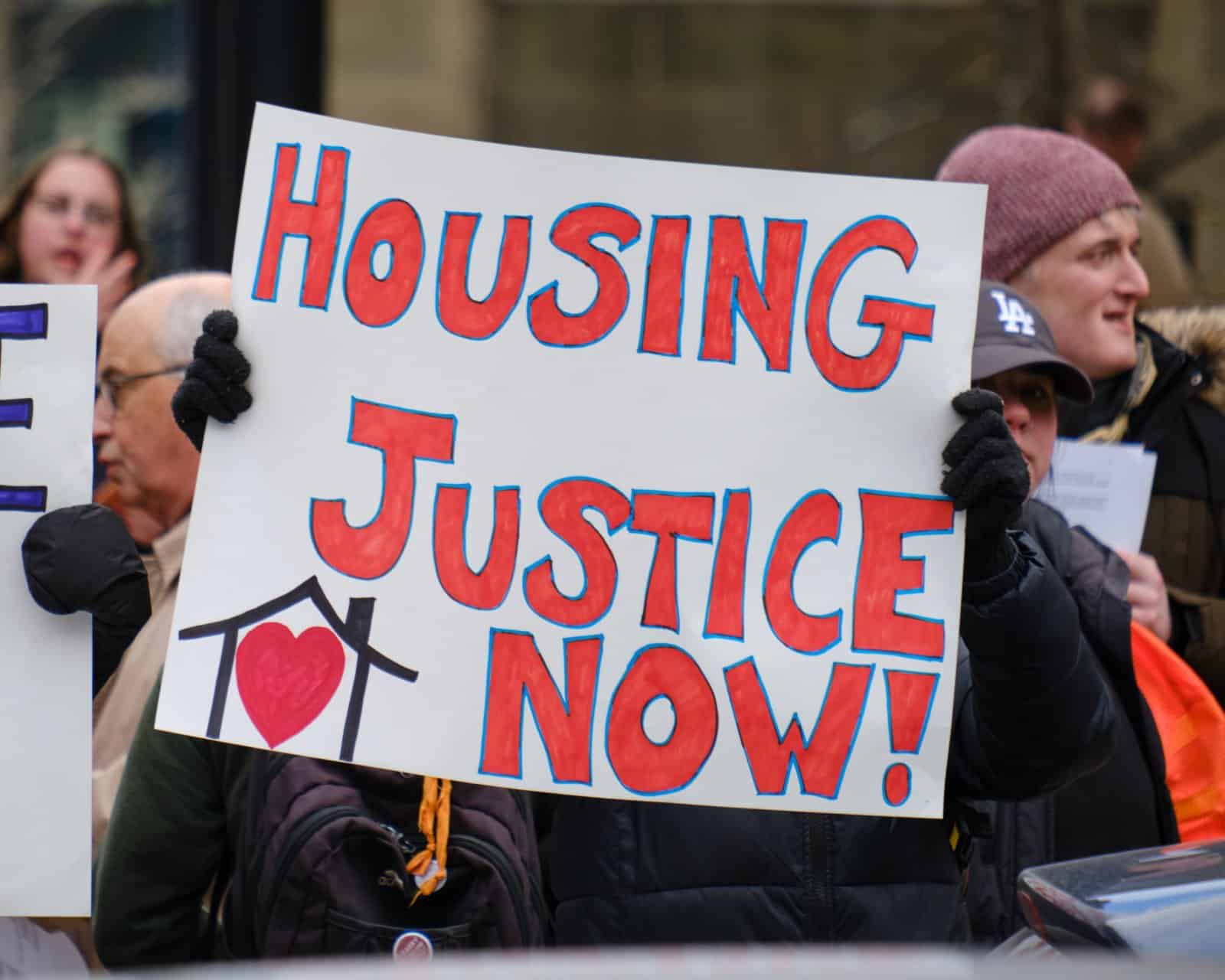
The housing crisis is real and getting worse, with more people than ever scrambling for affordable places to live in overcrowded cities. According to Diane Yentel, president and CEO of the National Low Income Housing Coalition, “The housing crisis in America is worsening, with more families facing unaffordable rents and fewer options for stable housing.” The lack of affordable housing is a significant barrier to economic mobility and stability for many Americans.
Infrastructure
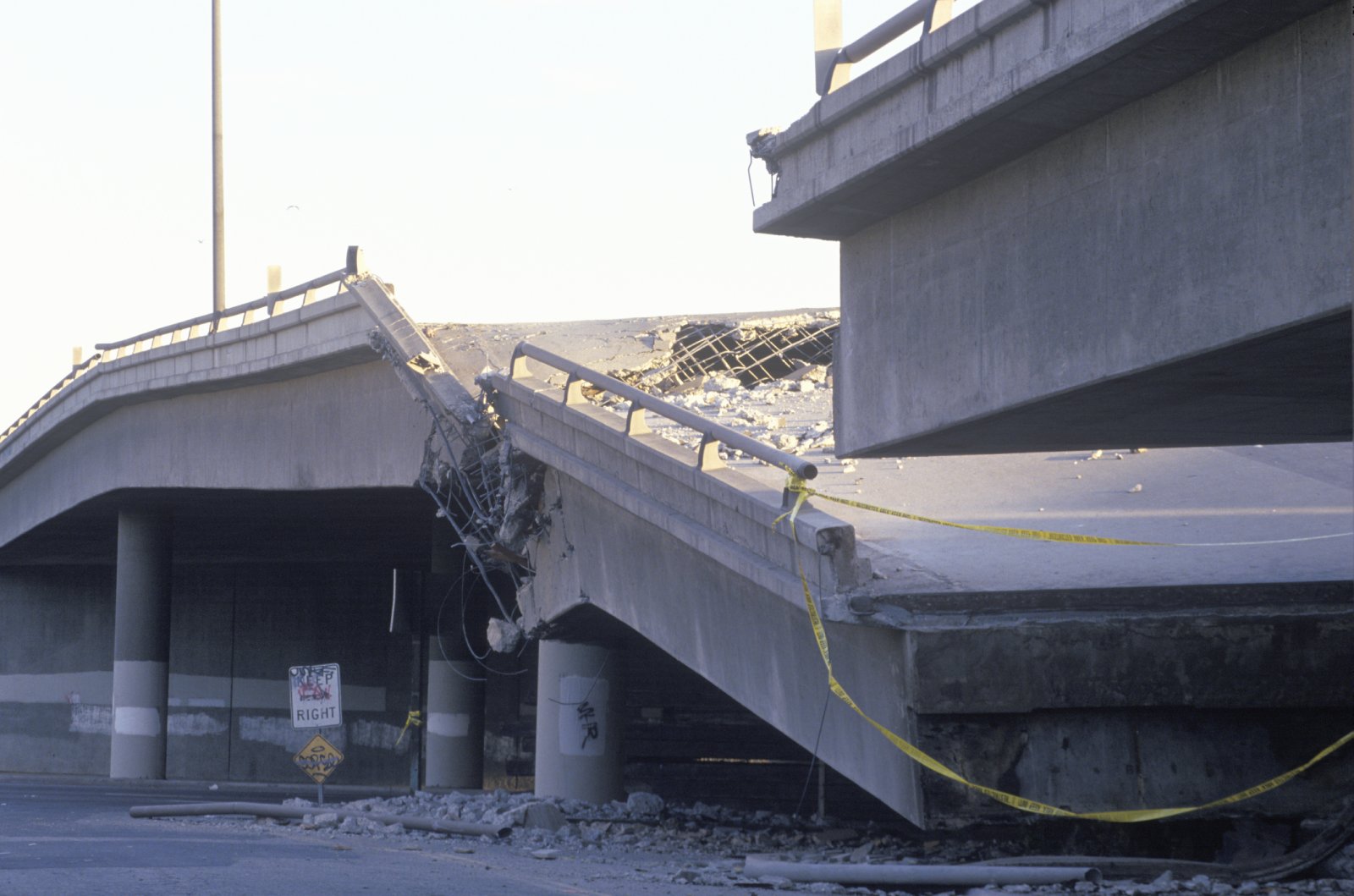
America’s aging infrastructure is struggling under the pressure of increased demand, requiring billions in investment to stay afloat. The American Society of Civil Engineers (ASCE) recently gave U.S. infrastructure a grade of C-, highlighting the dire need for upgrades. Roads, bridges, and public transportation systems are all operating beyond their capacity, leading to congestion and inefficiencies.
Urban Sprawl
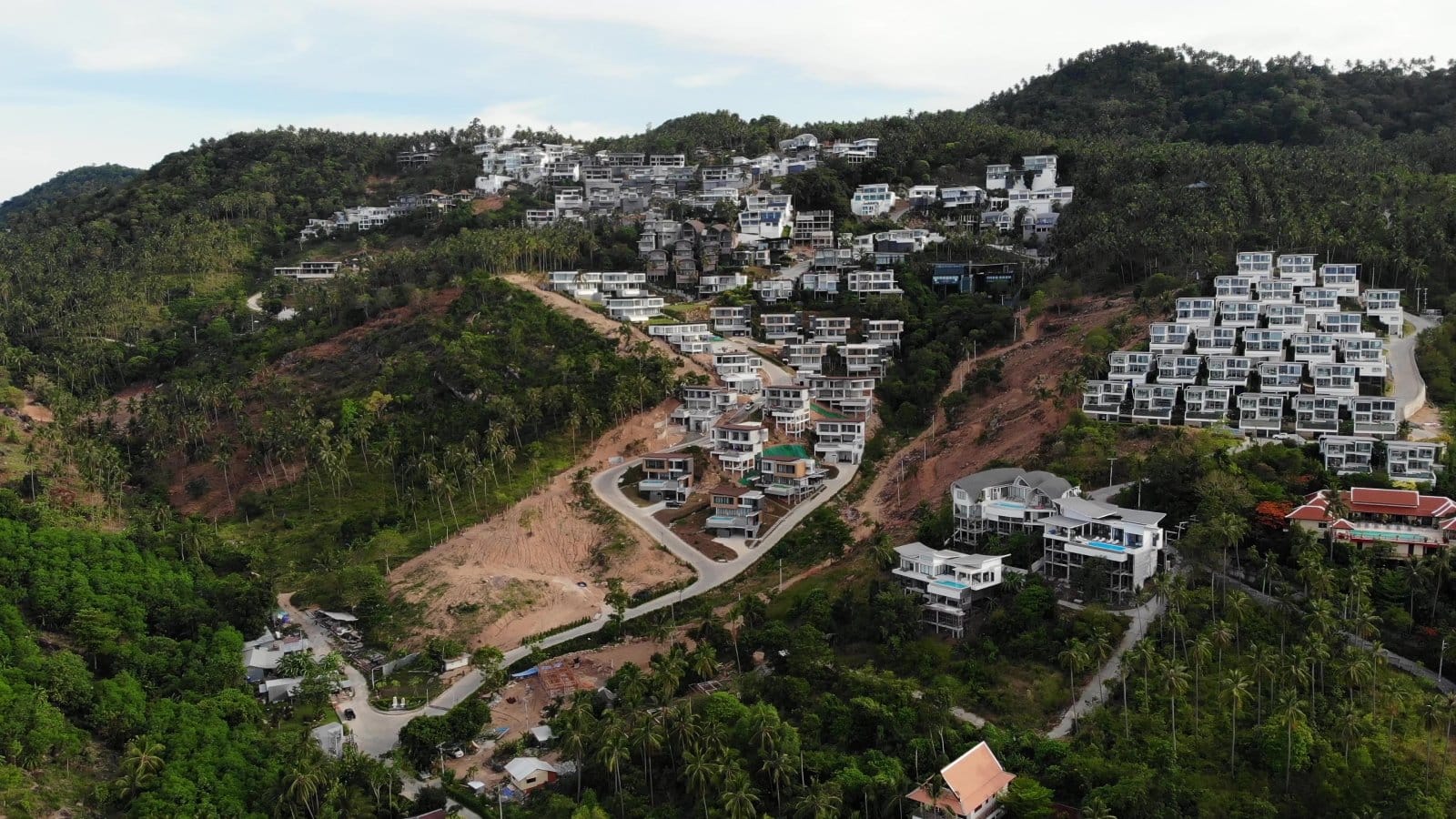
Urban sprawl is gobbling up green spaces, with concrete jungles replacing nature and escalating the battle between development and preservation. Michael Mann, a climate scientist at Pennsylvania State University, warns that “the relentless expansion into undeveloped areas threatens biodiversity and ecosystems.” The loss of green spaces impacts the environment and reduces recreational opportunities for urban residents.
Economic Strain

While more people can mean more workers, the oversaturation of the job market could lead to wage stagnation and increased competition for employment. Mark Zandi, chief economist at Moody’s Analytics, cautions that “the U.S. economy faces a potential slowdown if population growth outpaces job creation.” As the workforce grows, the economy must adapt to provide enough jobs and maintain productivity.
The Aging Population
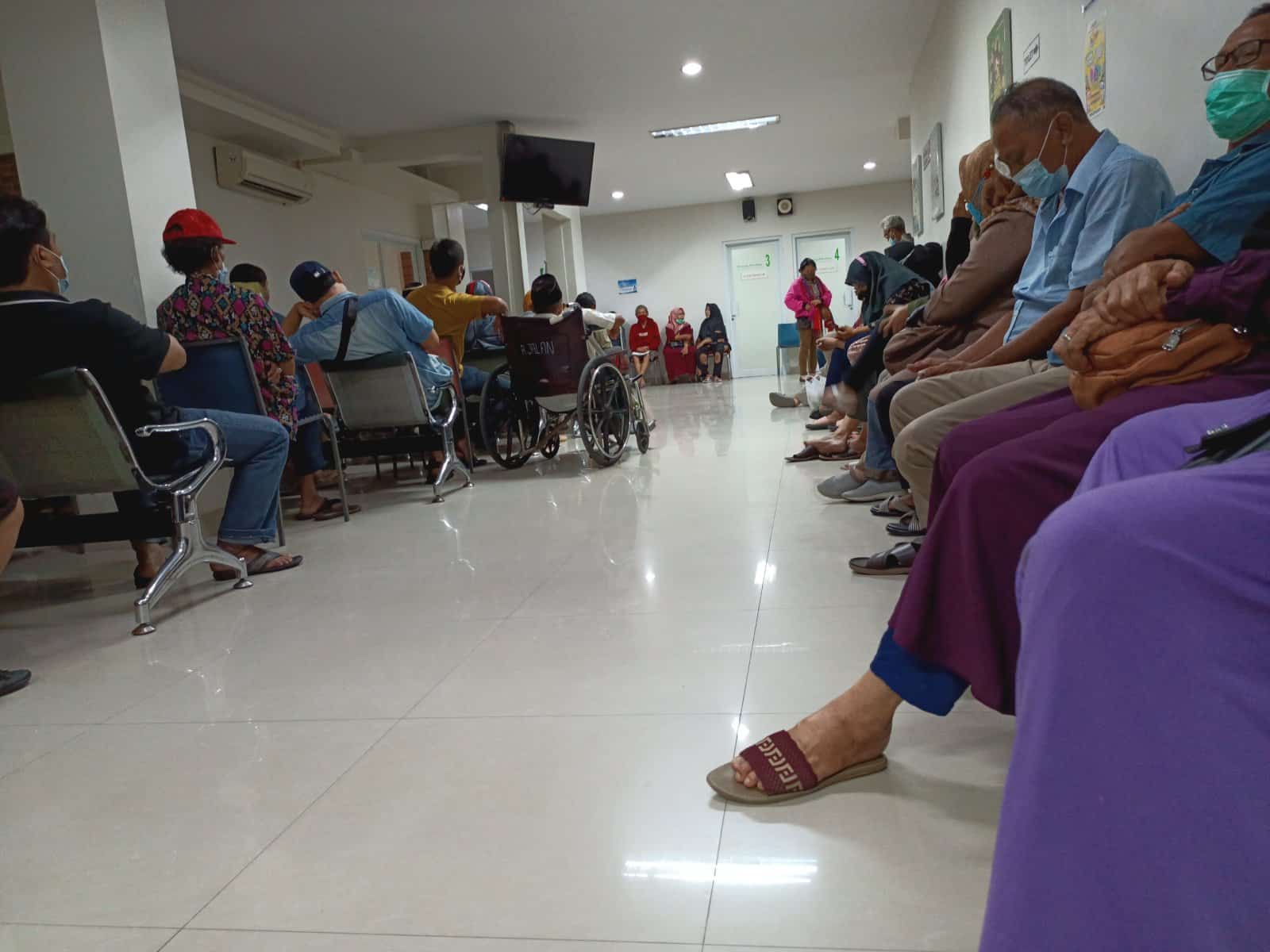
An aging population is creating unprecedented demand for healthcare and social security, threatening to overwhelm existing systems. This demographic shift is a ticking time bomb for healthcare and pensions, requiring innovative solutions to support older Americans while maintaining the financial viability of these programs.
Health Care System

The healthcare system faces a growing crisis as more people require care, stretching resources thin and raising costs for everyone. Hospitals and clinics are under increasing pressure to deliver quality care amid rising demand and limited resources, leading to concerns about access and affordability.
The Environmental Cost of Growth

More people mean more consumption and pollution, posing significant threats to the environment and pushing ecosystems to their breaking point. Unchecked population growth can exacerbate environmental problems, leading to resource depletion and environmental degradation that threaten long-term sustainability.
Climate Change
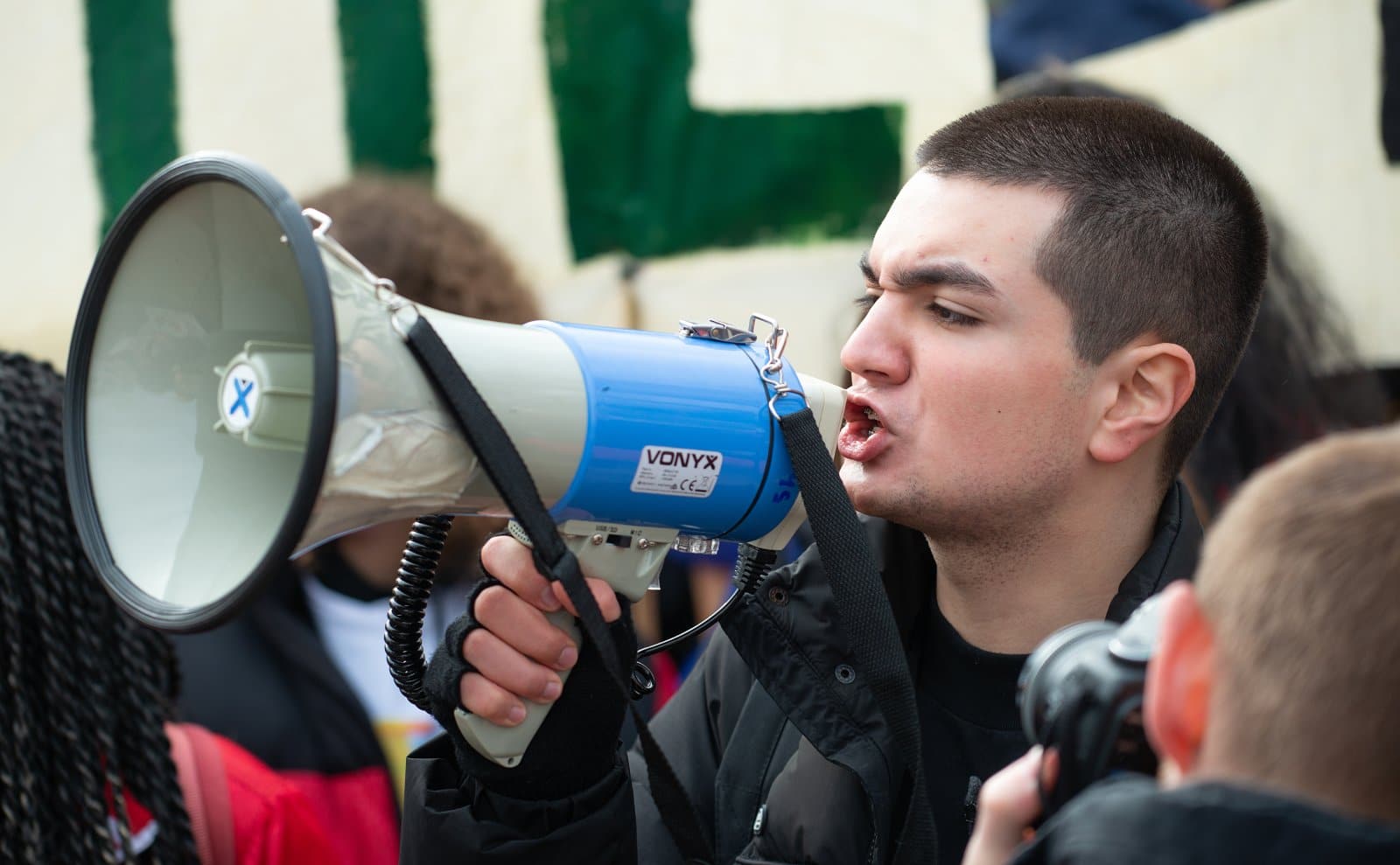
Unchecked population growth exacerbates climate change, leading to a vicious cycle of resource depletion and environmental degradation. Gina McCarthy, former Administrator of the Environmental Protection Agency, notes that “climate change is accelerating due to increased human activity.” This relationship between population growth and climate change underscores the need for urgent action.
Transportation Troubles
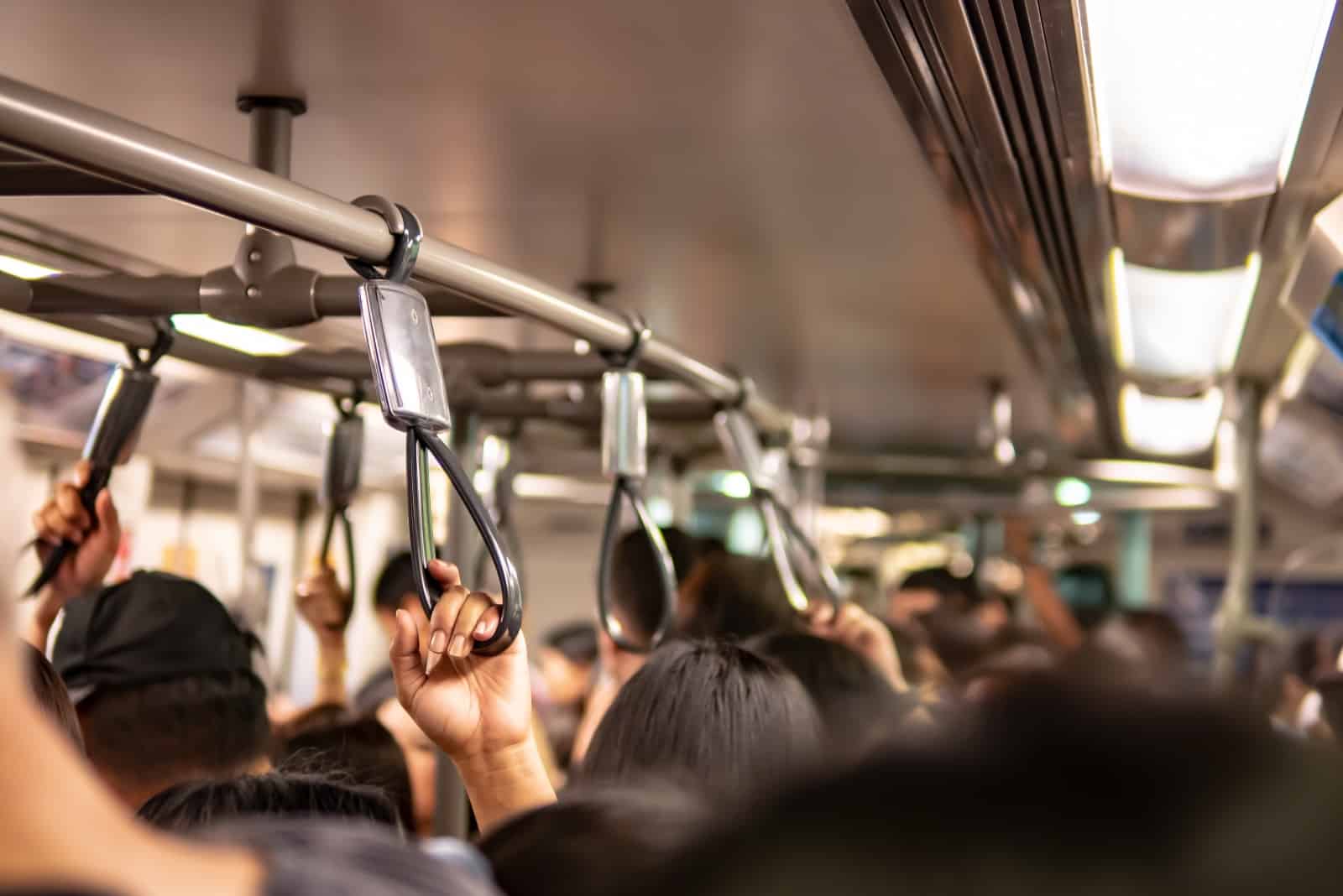
Traffic congestion and overloaded public transport are turning commutes into nightmares, with more people on the move than ever before. Urban centers struggle to keep pace with the growing demand for efficient transportation solutions, which impacts both daily life and economic productivity.
Food Security
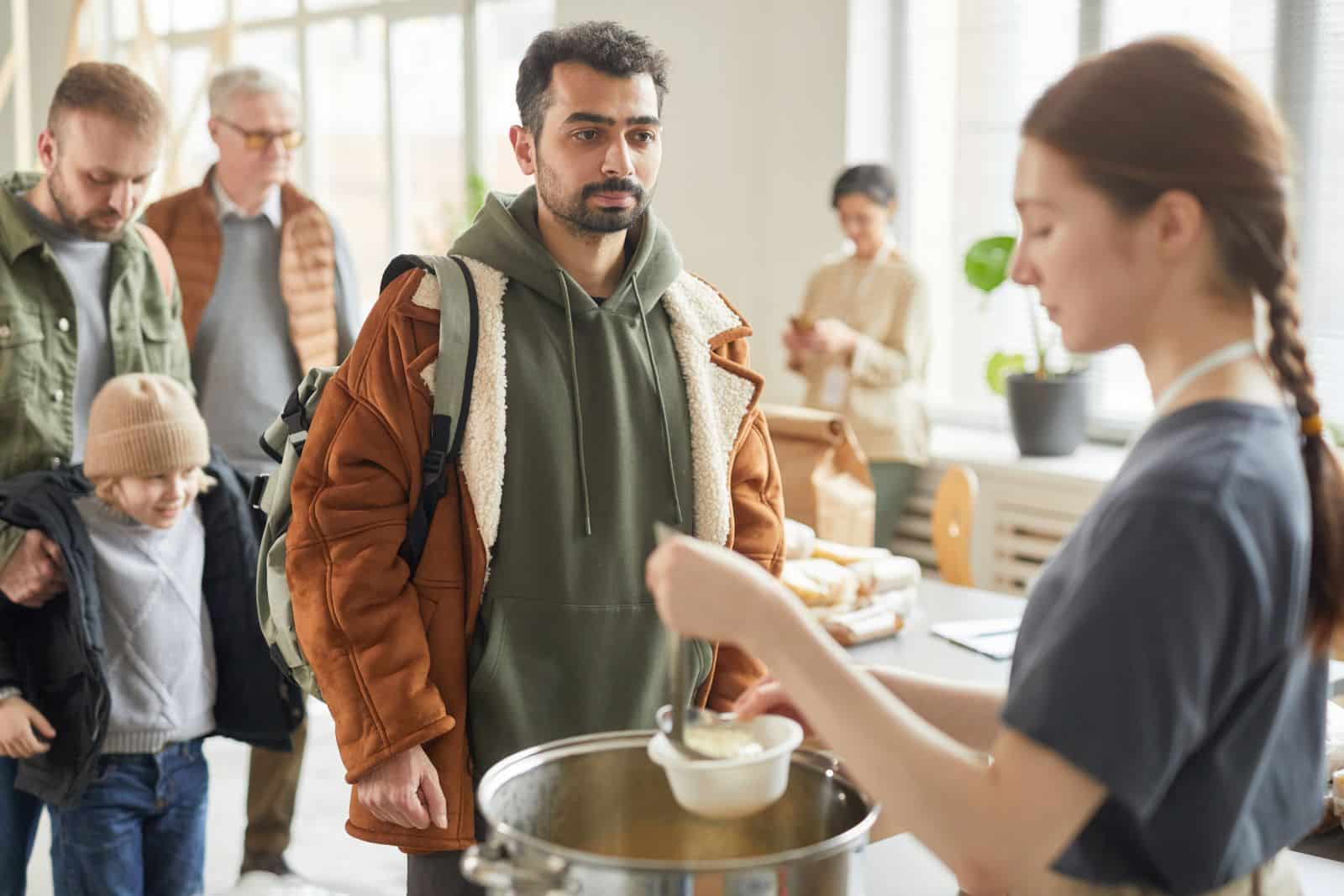
As the population balloons, the challenge of feeding everyone becomes more daunting, stressing agricultural systems and food supply chains. Danielle Nierenberg, President of Food Tank, warns that “we need to rethink our food production systems to meet the demands of a growing population.” Ensuring food security will require innovation and investment in sustainable agriculture.
Water Woes

Water scarcity is becoming a critical issue as increasing demand outpaces supply, threatening both urban and rural communities. Access to clean, safe water is essential for health and well-being, making it imperative to address the growing strain on water resources through conservation and innovation.
Education System
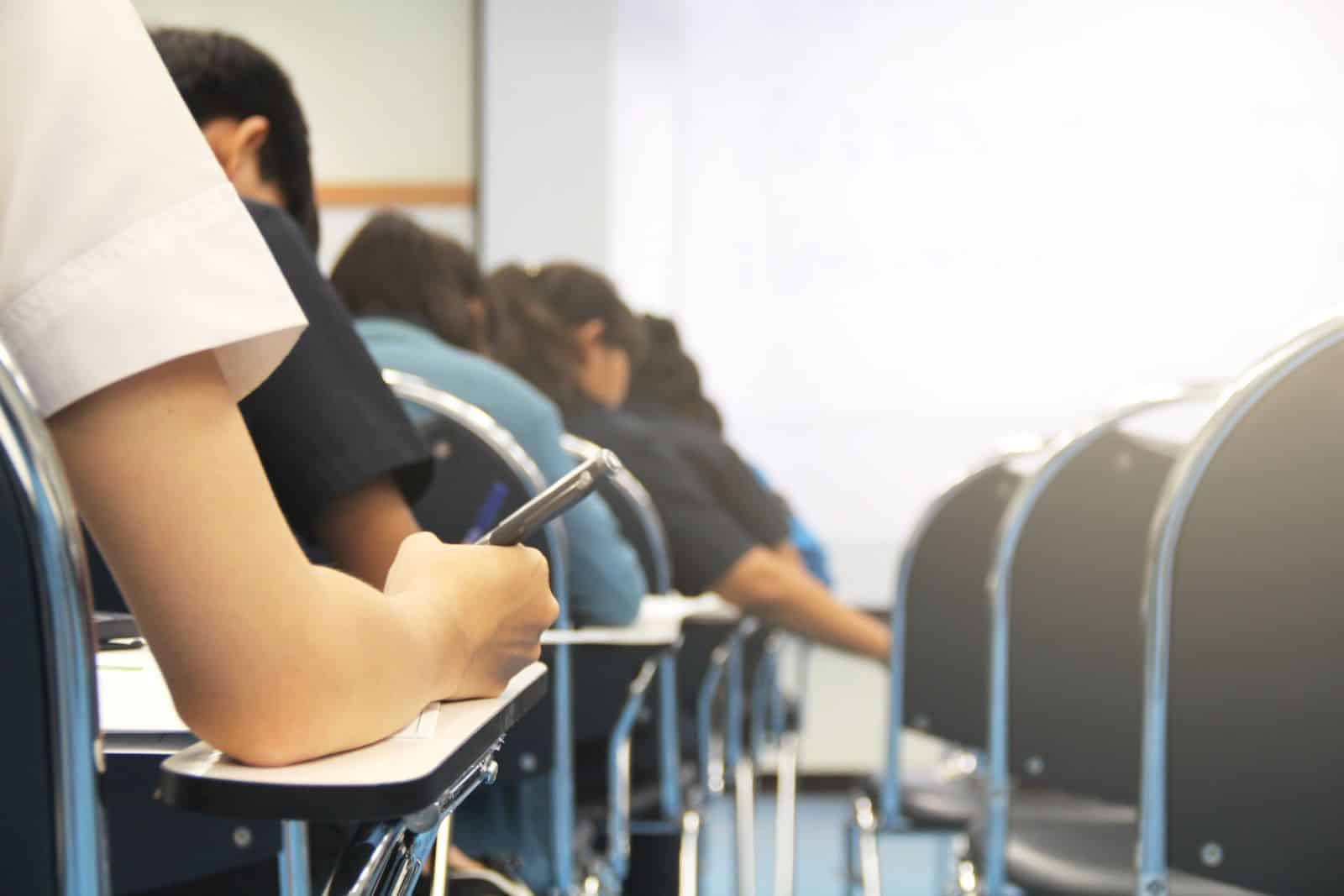
Schools are bursting at the seams, with overcrowded classrooms and stretched resources impacting the quality of education. Our education system needs to adapt to a larger, more diverse student body, ensuring that all children have access to the resources they need to succeed.
Social Tensions
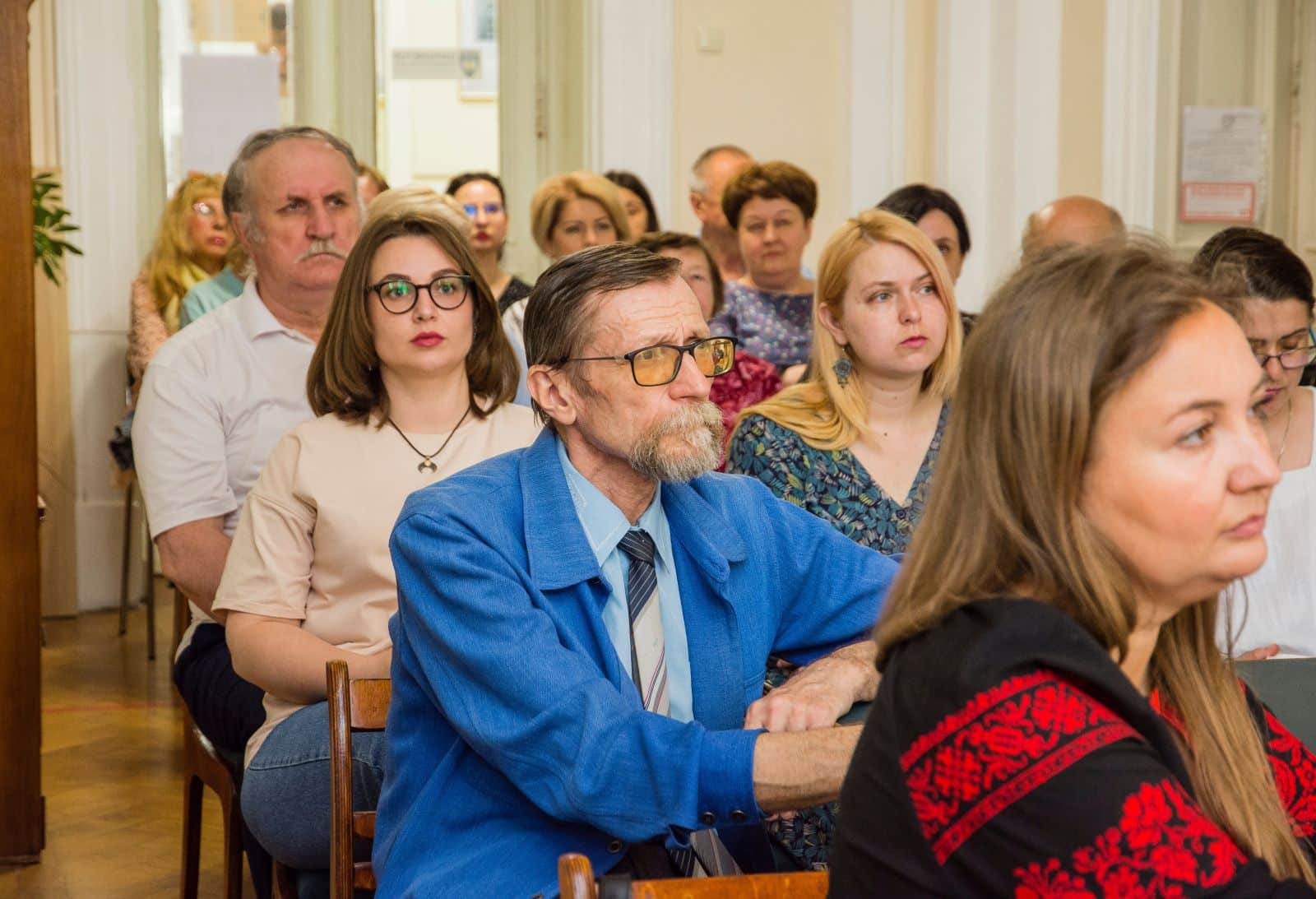
While diversity can enrich society, rapid population growth can also lead to cultural clashes and social tensions if not managed carefully. Douglas Massey, a sociologist at Princeton University, explains that “immigration can enrich a society, but it can also lead to cultural clashes if not managed properly.” Fostering social cohesion requires thoughtful policies that promote integration and understanding.
A Double-Edged Sword
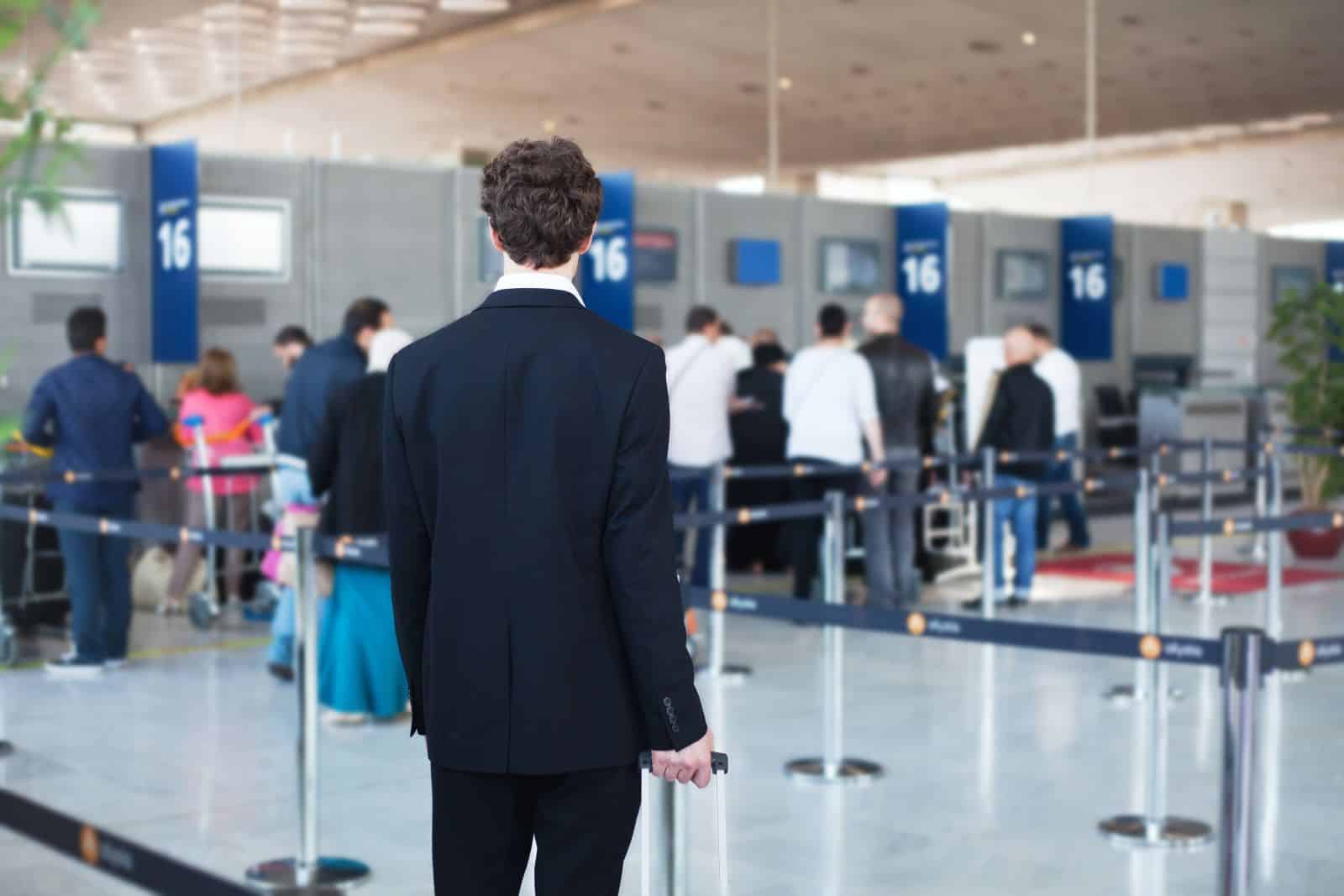
Immigration is a significant driver of population growth, bringing both opportunities and challenges to America’s social fabric. Immigrants are vital to our economy, yet they also present challenges that must be addressed, including integration and resource allocation.
Technology’s Role
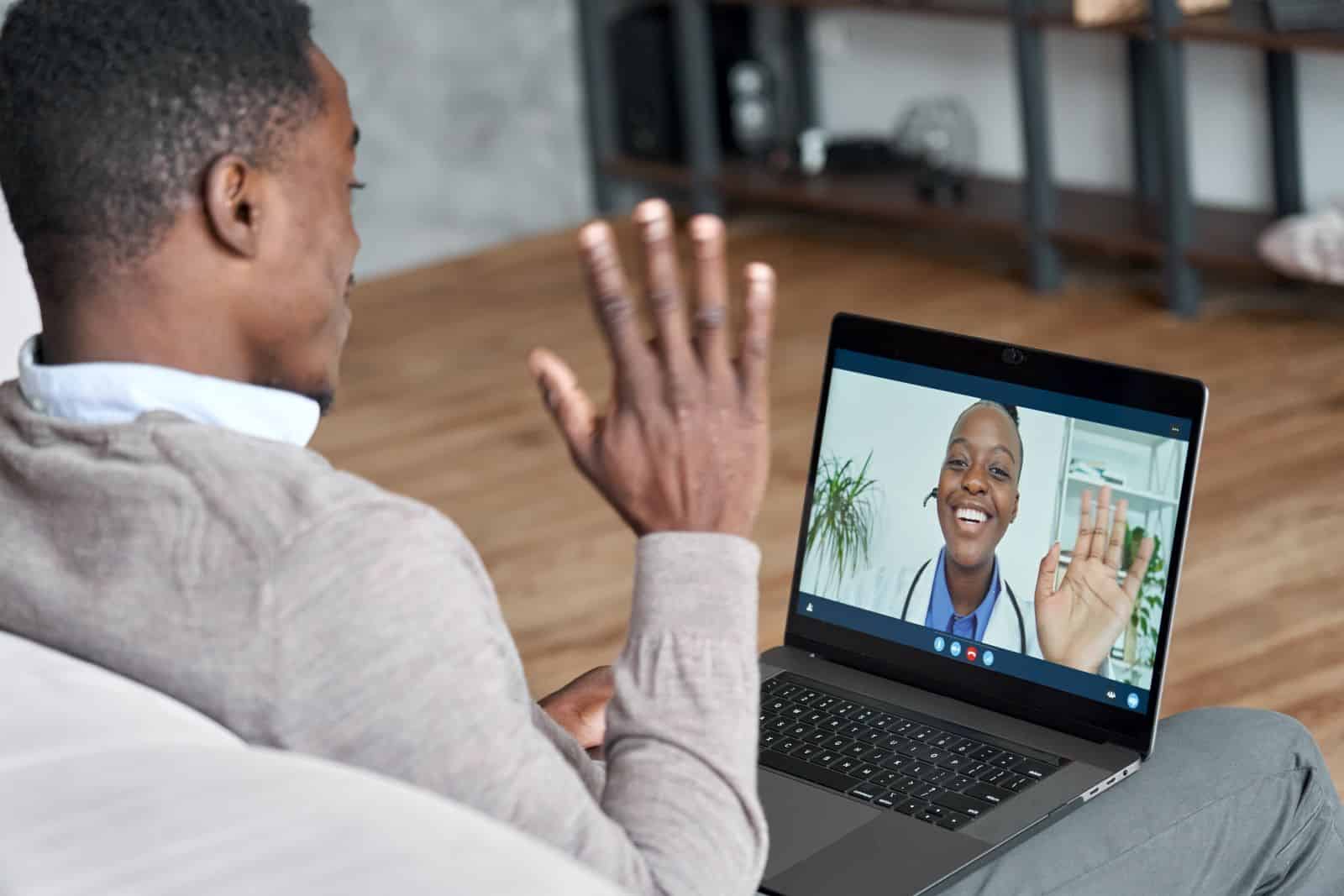
Technology may hold the key to addressing some population challenges, offering solutions in sectors like healthcare, transportation, and agriculture. Innovation can help us adapt to population growth, but it requires investment and vision to realize its potential.
Political Challenges

Political inaction and division are stalling efforts to address population growth issues, with leaders failing to find common ground. Heather Boushey, Chief Economist of the U.S. Department of Commerce, urges that “we need bipartisan cooperation to tackle these challenges.” Effective governance is essential for implementing solutions and making progress.
Financial Inequality
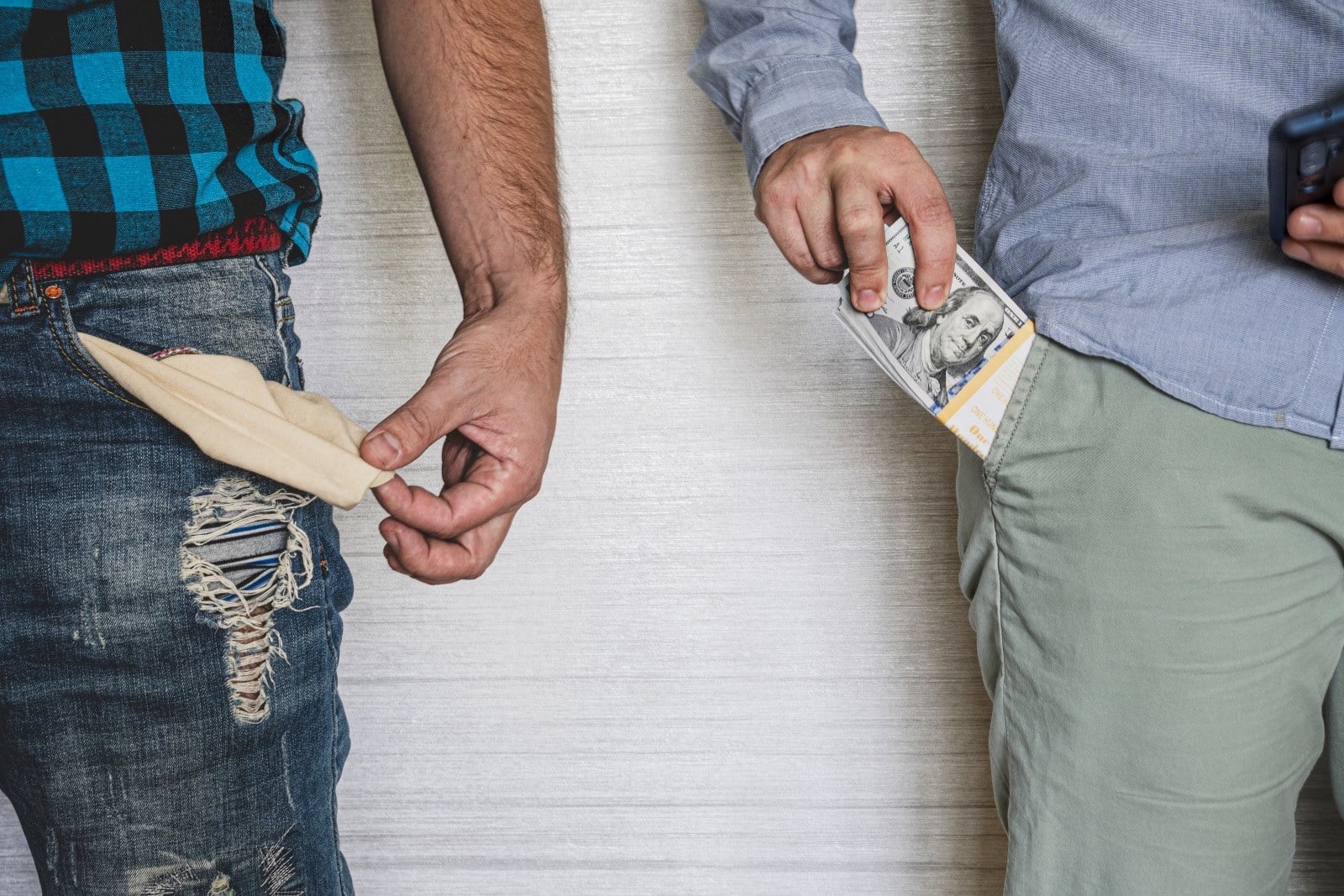
Population growth can exacerbate economic inequality, creating a wider gap between the haves and have-nots in society. Addressing inequality will be crucial to ensuring that all Americans have access to the opportunities and resources they need to thrive in a growing nation.
21 Beliefs About the Bible That Are Actually False

The Bible is one of the most discussed and debated books in history, yet many common beliefs about it are more myth than fact. How many of these misconceptions have you heard before? 21 Beliefs About the Bible That Are Actually False
21 Subtle Racisms That Are Commonplace in America

Racism in America isn’t always overt; it often hides in plain sight through subtle actions and attitudes. How many of these subtle racisms have you noticed around you? 21 Subtle Racisms That Are Commonplace in America
Only Legal in America: 21 Things You CAN’T Do in the Rest of the World
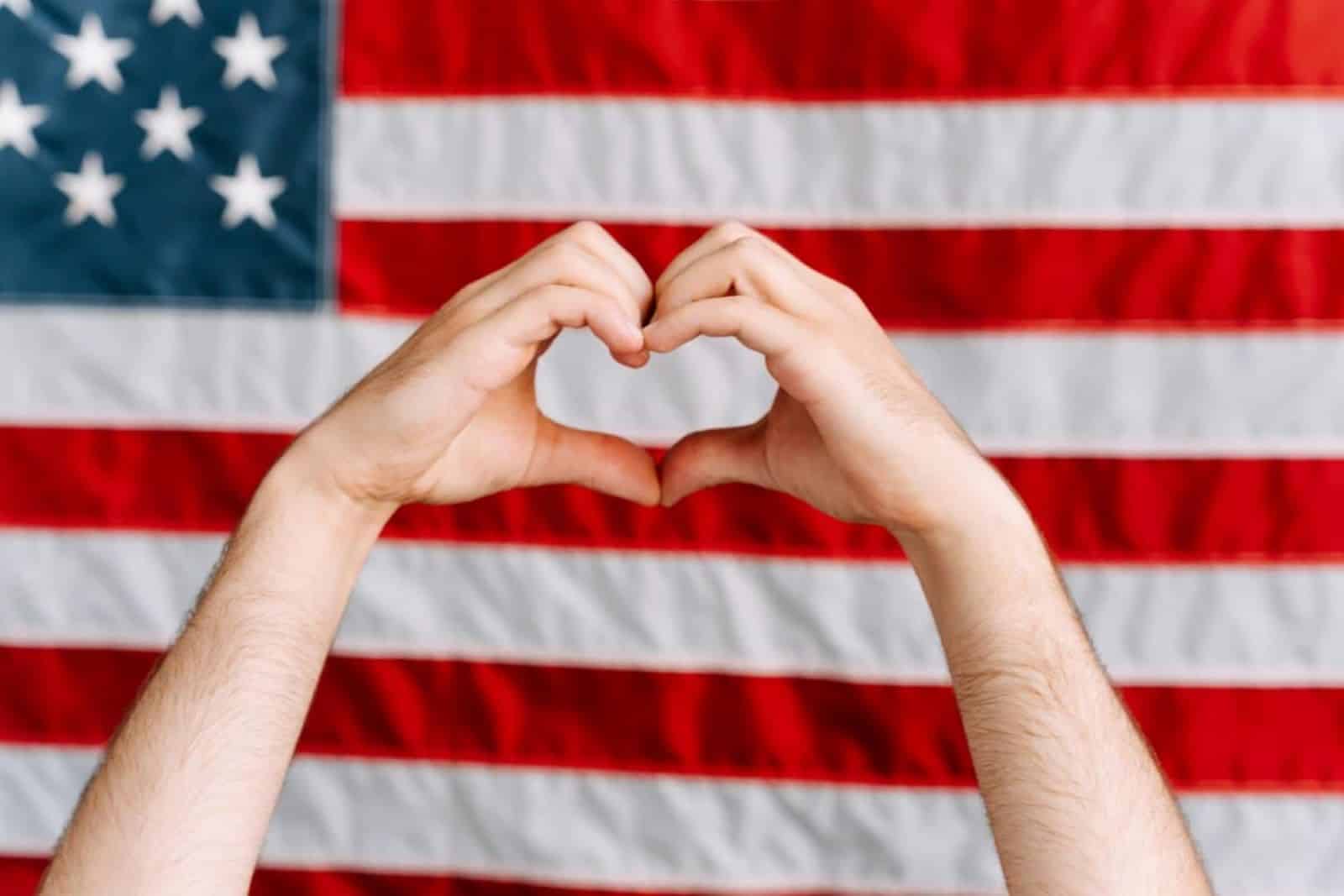
The U.S. dances to its own beat, especially when it comes to laws that make the rest of the world do a double-take. Here’s a lineup of things that scream “Only in America,” sticking strictly to what’s written in the law books. Ready for a tour through the American legal landscape that’ll leave you wondering if freedom might just be a bit too free? Only Legal in America: 21 Things You CAN’T Do in the Rest of the World
Featured Image Credit: Shutterstock / Jacob Lund.
For transparency, this content was partly developed with AI assistance and carefully curated by an experienced editor to be informative and ensure accuracy.

